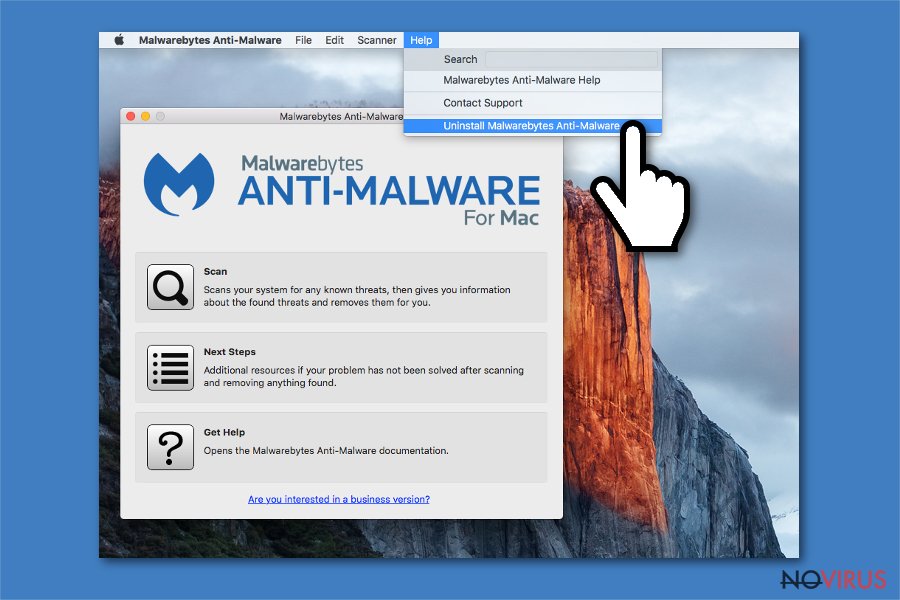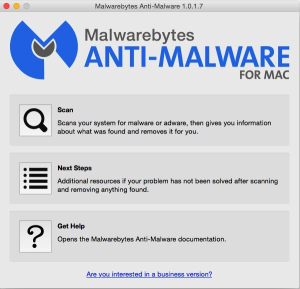
Some viruses can even self-replicate and infect other computers without human interaction. They can also be sent as email attachments.

Computer viruses can spread through networks and removable media (such as USB drives). Users need to understand the risks associated with computer viruses and take steps to protect their data from these malicious intruders.Ī computer virus is any malicious software designed to infect computers, damage data, or disrupt operations. Various computer viruses, each with its characteristics and capabilities, can have disastrous consequences for any device or system infected. This malicious content has become increasingly sophisticated over the years, making it increasingly difficult for users to detect and protect their systems from attack. Computer viruses can be spread through downloads, removable storage media such as USB drives, and even email attachments. It can spread from computer to computer and can even affect entire networks. The WinNT/Ldpinch virus is malicious code designed to infect a computer or network system, often damaging, disrupting, or stealing data. Unfortunately, Antivirus often only partially succeeds in removing the remains of WinNT/Ldpinch.

These WinNT/Ldpinch related files should be deleted.


If your antivirus displays a notification of WinNT/Ldpinch, there are files left over. WinNT/Ldpinch takes over the computer, collects personal data, or tries to manipulate your computer so that computer hackers can access it. Proving once again that Google Chrome extensions are the Achilles heel of what's arguably the Internet's most secure browser, a researcher has documented a malicious add-on that tricks users into installing it and then, he said, is nearly impossible for most to manually uninstall.How to remove WinNT/Ldpinch? WinNT/Ldpinch is a virus file that infects computers. It was available for download on Google servers until Wednesday, 19 days after it was privately reported to Google security officials, a researcher said. Once installed, an app called "Tiempo en colombia en vivo" prevents users from accessing the list of installed Chrome extensions by redirecting requests to chrome://apps/?r=extensions instead of chrome://extensions/, the page that lists all installed extensions and provides an interface for temporarily disabling or uninstalling them. Malwarebytes researcher Pieter Arntz said he experimented with a variety of hacks-including disabling JavaScript in the browser, starting Chrome with all extensions disabled, and renaming the folder where extensions are stored-none of them worked.


 0 kommentar(er)
0 kommentar(er)
